See Correction/Clarification at the end of this article.
We identified the companies who donated the highest percentages of their profit on this year's Corporate Philanthropy List and spoke with their top Bay Area giving officers to learn more about philanthropy at their company.
Patelco Credit Union
Cara Houck, community relations partner
Percentage of 2021 profit donated: 9.9%
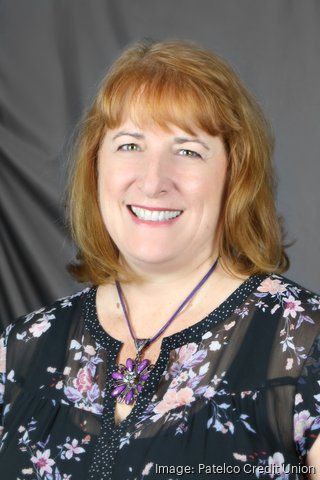
What is the current state of philanthropy at Patelco? The last couple of years have definitely been a challenge for all of us. We’ve been looking at what’s going on with the world and asking ourselves, “how can we help the best while also keeping our team safe and providing our best services?”
So, we’ve really taken a look at how we’re giving our money and trying to focus on what the bigger needs are. We’ve shifted more of our budget to food banks, for instance, because that’s what’s been needed in our communities.
The main thing to keep in mind when working with a nonprofit organization is that they’re the expert on what they’re doing out in the field. What we need to do is ask them: “what do you need and how can we fulfill that need?”
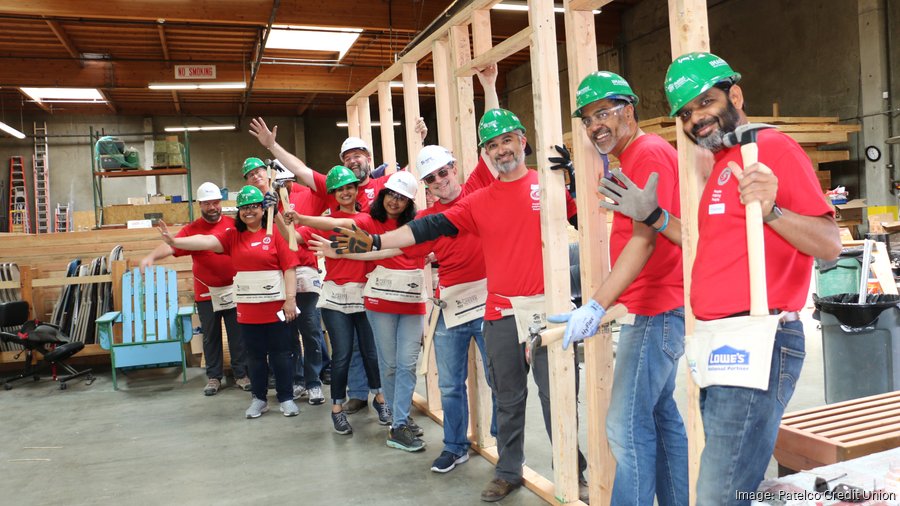
What causes do you focus on and why? Has the pandemic or recent social justice movements affected your decisions on who to support? We have four pillars of giving that have been our pillars for quite a while at Patelco. The first is children’s health. We work with Children’s Miracle Network and support some of the bigger children’s hospitals in Northern California in our areas of service.
The second pillar is food security. That’s one of the areas that has been impacted the most in recent years. We recently switched to an online virtual food drive instead of doing it in our branches, and it was incredibly successful. I was thrilled by that.
The third pillar is affordable housing. The main organization we work with is Habitat for Humanity East Bay/Silicon Valley. We support their Habitat families with the loan process and financing, and we also do volunteering.
The last pillar is financial education. As a financial institution, we try to put that into every relationship that we have with every nonprofit.
What is the future of philanthropy at Patelco? One of the things we’ve been really focusing on this year is our volunteering. We’ve had a culture of volunteering in the past, even though it’s not officially one of our four pillars. It’s my goal this year to have the highest percentage of our team members volunteering yet.
Landis Communications
Sean Dowdall, president
Percentage of 2021 profit donated: 17.82
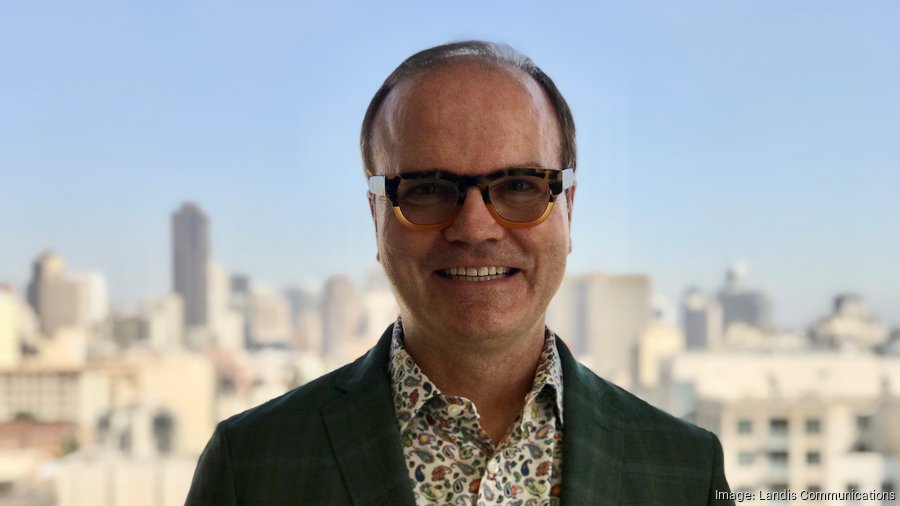
What is the current state of philanthropy at Landis? Businesses are members of the community, and as members of a community, it’s very important that you are donating and doing. Our staff have many causes that they care about, and it’s really important to us as an organization to be supporting our staff with that. But in terms of giving overall I’d definitely say we skew on the side of being more charitable than the average.
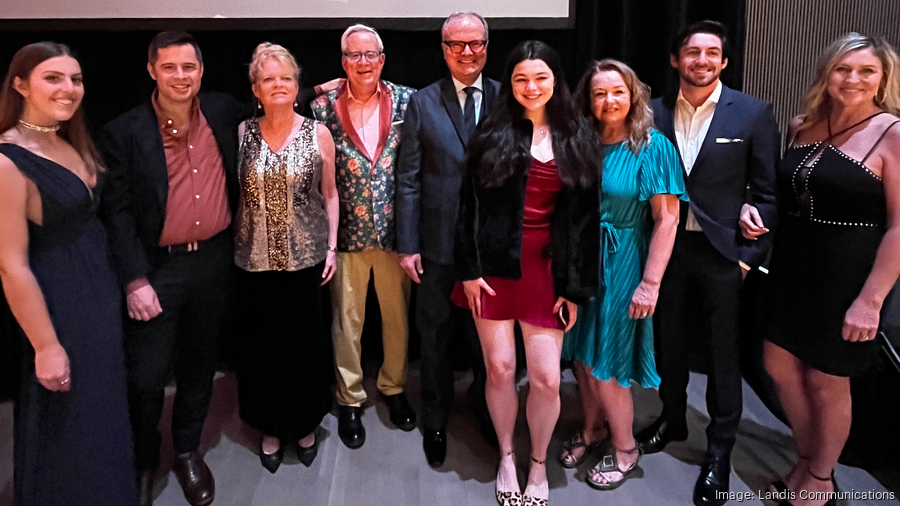
What causes do you focus on and why? Has the pandemic or recent social justice movements affected your decisions on who to support? There are really three areas that we focus on as a company: the arts and culture, the environment, and human rights/social justice. For the arts, we specifically have been a long-time supporter of ODC, the modern dance company here in San Francisco. We’re really friends and family with everyone at ODC, and just so believe in the organization.
As for the environment, we have a number of environmental nonprofit clients; that’s one of our specialties as an agency. We support the Peninsula Open Space Trust, Save the Redwoods Leagues, and Sonoma Land Trust, to name a few.
Human rights is of course very germane to today. We had Planned Parenthood as a client about 20 years ago, and in light of recent SCOTUS decisions we’ve had very frank conversations as a team about reproductive rights and family planning. We also support LGBTQ+ organizations and social services organizations, particularly those in San Francisco.
I wouldn’t say so much has changed given recent events in terms of the organizations we support, but maybe in terms of an emphasis or just thinking about, “where will we have the most impact?”
What is the future of philanthropy at Landis? It’s going to continue at least at the current level. We’re also going to continue to learn about what our employees are passionate about and supporting those causes. And we will continue thinking about where we can have the most impact as an organization.
Blue Shield of California
Antoinette Mayer, VP, head of corporate citizenship
Percentage of 2021 profit donated: 12.25%
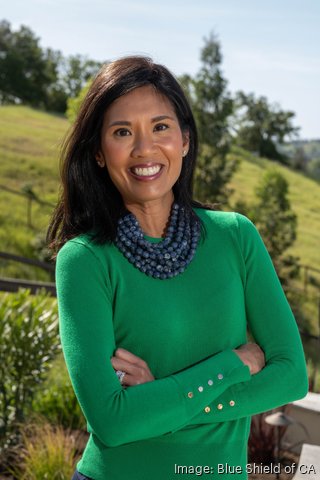
What is the current state of philanthropy at Blue Shield of California? We're really trying to go beyond the traditional definition of healthcare to address the root causes of health inequity and to drive meaningful social change. And we do that not only through our resources, but also through our people efforts as well. We have extremely strong employee giving and volunteering efforts. We have about 7,000 employees in California, and 58% of them volunteered their time in 2021, and our total employee giving including company match topped over $1.5 million.
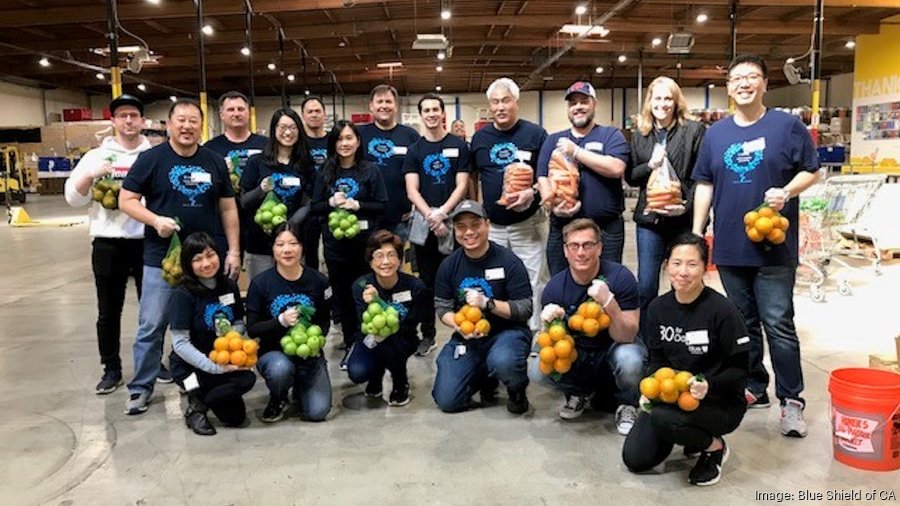
What causes do you focus on and why? Has the pandemic or recent social justice movements affected your decisions on who to support? We are looking at ways to really tackle barriers to well-being and to empower all Californians with a focus on youth, mental health, social justice and sustainability. We really believe in contributing to California nonprofits that serve vulnerable populations, because many have been disproportionately impacted by the pandemic, rising housing costs, climate change, and other factors. Youth mental health is very important for us as well, as is social and racial justice and equity and the environment.
The Blue Shield of California Foundation, which is a separate entity but part of the Blue Shield of California family, is very focused on building lasting, equitable solutions that make California the healthiest state and to end domestic violence. Through the company side, our signature initiative is our Blue Sky Youth Mental Health Initiative. It's really focused on providing resources for youth, families, educators and caregivers to promote emotional well-being for youth, with a focus on leading with equity. We are also looking to really encourage and promote more provider diversity, and are looking at ways that we can get more BIPOC candidates into mental health careers.
What is the future of philanthropy at Blue Shield of California? We are really focused on measuring and evaluating outcomes against our goals. With Blue Sky, we have four specific goals: to improve access to counseling services for youth of color, to improve provider diversity, to increase training to support youth needs, and to improve youth learning and empowerment. For us, it’s not only writing checks and focusing on the dollar amount. It really is making sure that we are driving measurable impact. So each of those four areas have quantitative goals that we've set, and we’re tracking our performance against these impact measures to make sure that we’re holding ourselves accountable and making good use of our resources.
Pacific Service Credit Union
Jenna Lampson, CEO
Percentage of 2021 profit donated: 5.16
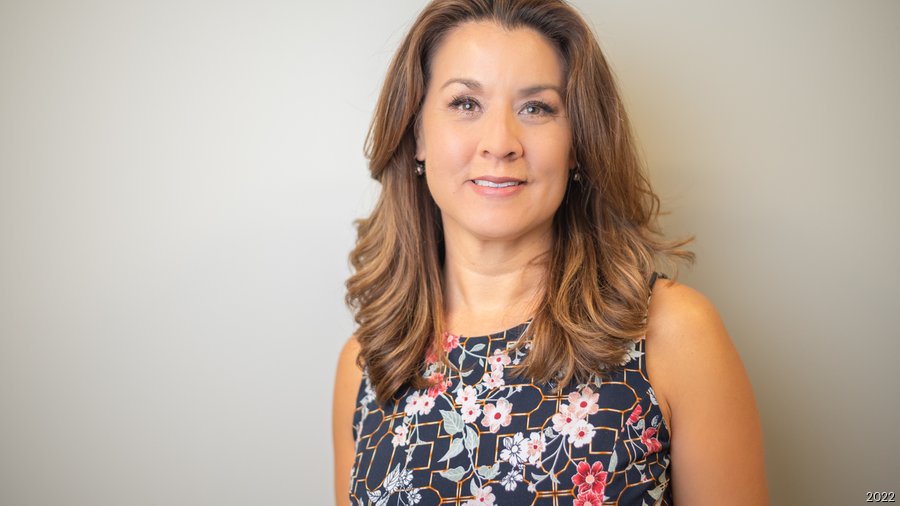
What is the current state of philanthropy at Pacific Service Credit Union? Our community giving program was started more than 20 years ago and since then giving back to the communities we serve and being a good corporate citizen have been ingrained in our culture. The credit union industry philosophy is one of people helping people, but we know that that extends beyond serving our members to serving our communities in need. One thing I'd like to point out is that even in down economies — like in 2020 and through the Great Recession — we didn't cut our community involvement efforts, and in fact, we increased our giving budget by more than 20% between 2020 and 2021.
Did you adopt any specific philanthropic changes around racial justice and the pandemic over the past two years? What we saw immediately is all our community partners had exponential increases in the need for services and even more special needs because they had to find ways of getting food and services to communities with social distancing and shelter-in-place orders in effect.
Local food banks, community centers especially those that serve underserved demographics and people of color — they needed our help more than ever. It is very important for us to be able to give back in that way, even though our income and our business had been stopped and slowed down. Our primary areas of focus, always, but also most recently, has been services for children and seniors, as well as to help in human services for individuals and families, and many of those programs are offered by businesses or nonprofits that serve communities with large minority demographics and geographies of minority communities.
By increasing our budget in 2021, we were able to contribute more to organizations like youth homes and Tri-Valley Haven, and the food banks, to make sure that critical services were provided to families in those areas.
What is the future of philanthropy at Pacific Service Credit Union? What I am excited about is that the short-term future and the long-term future are the same: Dedication to committing and giving back to the community as we serve. We have deep roots with many of our charitable partners and we're going to continue to partner with them now and into the future as they have needs. We'll find new requests as well but my hope is that as the credit union continues to grow and succeed like we're seeing right now that our community giving budget will continue to grow with it.
We are a community credit union; we were founded by Pacific Gas & Electric in 1936. We used to primarily serve PG&E employees and family members, but we expanded our community charter in 1999, so we now serve 11 Bay Area counties and Fresno County, and our philanthropy extends to Fresno County, where people have a great need in that area.
ServiceNow Inc.
Edua Dickerson, VP, ESG and finance strategy
Percentage of 2021 profit donated: 4.08
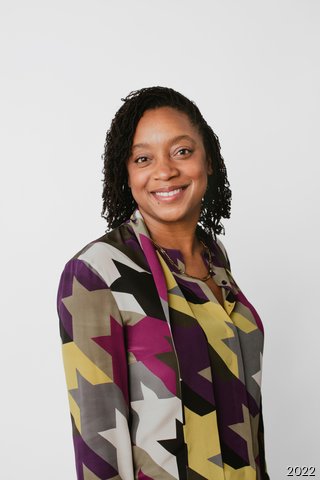
What is the current state of philanthropy at ServiceNow? Support of our employees, partners and communities is a top priority. We empower our employees through strong company culture and even stronger focus on an inclusive employee experience.
Global impact and social impact is embedded in how we think about supporting our employees' experience at ServiceNow. We work to increase supplier diversity, generating more opportunities for small, minority-owned and women-owned businesses as well as really leaning in and enabling employee donations and volunteering, as well as cash and in-kind donations, and in programs such as our NextGen professional digital skills initiative and our racial equity fund to support our communities.
The NextGen program is focused on digital skills and how we can enable those who are part of underserved communities with alternative paths to employment. We've got about 6,300 participants across 15 countries that have landed jobs through training and education, and our partnerships. As ServiceNow continues to scale we're going to need more folks out there who have the skills to enable, this is a huge part of that, and also creating more equity in the ecosystem.
We also donated our ServiceNow platform in partnership with Goldman Sachs and Infosys and the Breakthrough Prize Foundation to assist the Welcome.US’ Welcome Connect launch on June 20, which is designated World Refugee Day by the United Nations. This platform encourages every American to identify as a welcomer and support newcomers, specifically in regard to finding homes for Ukrainian refugees in need of a sponsor.
Did you adopt any specific philanthropic changes around racial justice and the pandemic over the past two years? In 2021, we shifted our philanthropic community engagement to focus on four specific spaces: decarbonization, digital readiness, disaster response and racial equity. Specifically, in regard to racial equity in January 2021, we launched our $100 million U.S.-focused racial equity fund to drive more sustainable wealth creation through homeownership entrepreneurship in neighborhood revitalization within black communities in 10 regions across the U.S., specifically Boston, Chicago, Dallas, Houston, New York, Orlando, San Diego, the San Francisco Bay Area, Seattle and Washington, D.C. By the end of 2021, we fully distributed this. And, we also reinvest all of our returns, so it goes back into the fund to further build more equitable opportunities within these communities.
On the pandemic, we focused on closing the digital divide and creating more opportunities in the workforce, this had a much more global focus.
There was a second surge of Covid-19 in India last year, whereby in addition to the corporate grants we had put forward, we supported our employees in our largest giving program, to date, which donated over half a million dollars, through a corporate match. We focus on how our products can help but also how our employees can be part of the solution as well.
What is the future of philanthropy at ServiceNow? Our goal is to move away from check-writing philanthropy and focus on establishing strategic relationships with nonprofit partners, and our customers and partners, that are building for multiple years — sustained impact. This has evolved today in such a way that partnerships and grants are closely aligned with our company's business objectives, and they have to advance our longer term ESG goals as truly sustainable impact in these communities.
Our impact program and initiatives are early. We launched our strategy holistically at the beginning of 2021 but we have done a lot, but we're only in our second year from the outset. We made a commitment to this approach with our philanthropic grants. We collaborate with other business functions to establish deep multiyear relationships, knowing that it takes time to create real change both measurable impact as well as that sustainable change.
Salesforce
Naomi Morenzoni, SVP of philanthropy
Percentage of 2021 profit donated: 3.95
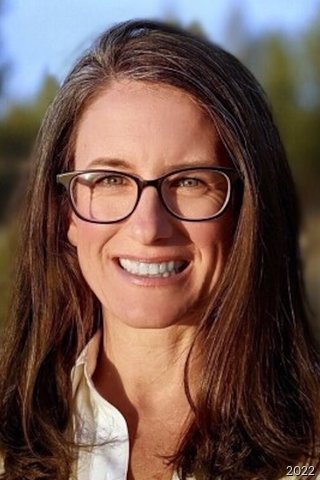
What is the current state of philanthropy at Salesforce? Giving back continues to be an important part of who we are as a company. Today’s society faces many challenges — a global pandemic, the war in Ukraine, climate change and racial injustice — and we believe philanthropy has a critical role to play in improving the state of the world. We recently reached over half a billion dollars in all-time giving and are increasing our support with a number of new programs this year, including a $100 million climate fund.
We provide opportunities for employees to donate their time and money to nonprofits on the frontlines of our communities. They are encouraged to take up to seven paid days of volunteer time off a year and get up to $5,000 in matching gifts annually to support causes they care about. To date, our employees have logged nearly 7 million volunteer hours in service to their communities.
Have you adopted philanthropic changes around the pandemic and racial justice over the past two years? During the pandemic, we provided unrestricted funding to nonprofit partners — allowing organizations to respond quickly and focus funds where they were needed most. When India experienced its devastating second wave, we helped mobilize $28 million from our partners to get critical medical equipment and supplies into impacted communities. We also donated $20 million to public schools across the U.S. to support distancing learning and bridge the equity gap for students and educators.
In the wake of the racial reckoning, we launched a Racial Equality and Justice Task Force committing $200 million to support organizations such as Urban Institute, Policy Link and NAACP Legal Defense Fund.
At present we’re supporting displaced communities, together with our employees and partners. We’ve donated more than $5 million — working the World Central Kitchen, UNHCR and the International Committee of the Red Cross to support Ukrainian refugees.
What is the future of philanthropy at Salesforce? We’re investing in long-term, proactive solutions that can help communities better prepare and respond to crises when they happen.As we look to the future, we also recognize that philanthropy alone is not going to solve the challenges that our communities face. We’re increasingly thinking about how to engage all areas of our business to make the most impact. We call this approach Philanthropy+, acknowledging that it’s philanthropy plus our partners across the business — including product, purchasing and sustainability — that will help us drive the most effective solutions. We’re also focused on partnering with underrepresented leaders and organizations. If we want to advance racial equality and climate justice, we must focus on creating inclusive philanthropy processes and outcomes. Through initiatives such as our Catalyst Fund, we’re leveraging our purchasing power to empower new leaders and perspectives and help supercharge transformative solutions for today’s most pressing problems.
2021 cash contributions to Bay Area charities
| Rank | Prior Rank | Business name/Prior rank |
|---|---|---|
1 | 2 | The Sobrato Organization |
2 | 1 | Google |
3 | 11 | Ripple |
Correction/Clarification
An earlier version of this story referred to a ServiceNow program as Welcome USA instead of the correct name, Welcome.US’ Welcome Connect.